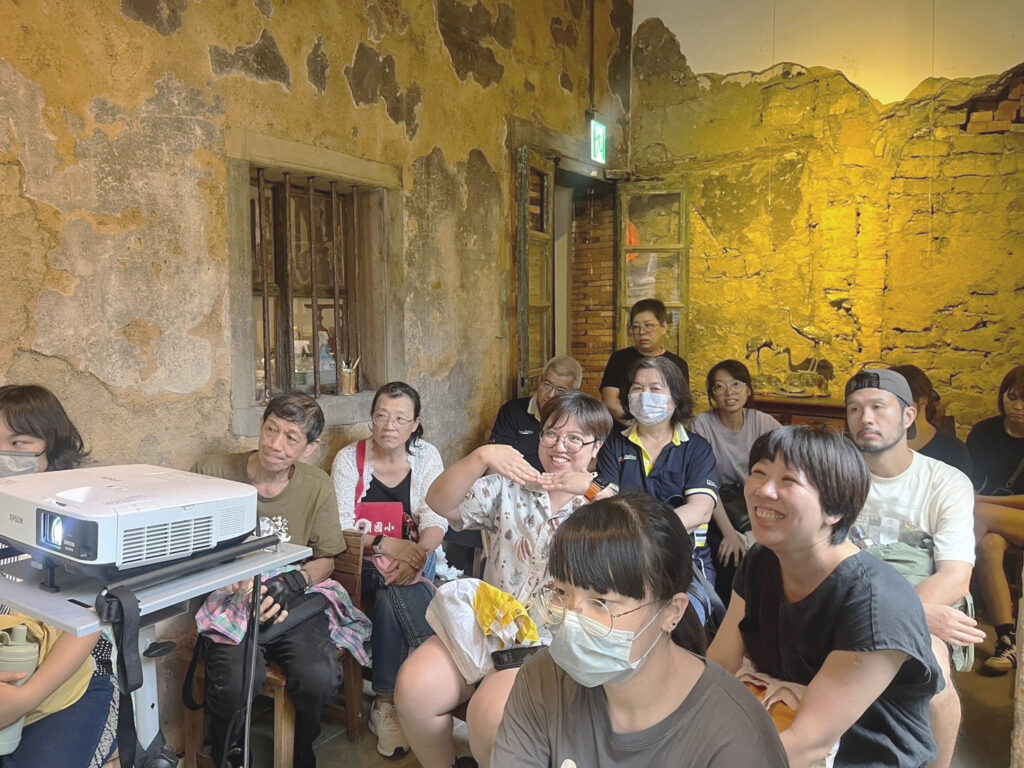The Lingering Charm of an Old House:
8/23 ꜰʀɪ. Notes from the Daxi Wood Craft Guidance Platform
X-Basic Planning has created three co-learning courses that guide teams through the entire building process—from historical research and curation to adaptive reuse and branding—enabling them to develop sustainable, culturally-grounded innovations for Daxi. For our August 23 event, The Lingering Charm of Old Houses, we welcomed Ku Cheng-chun of the Yuan Gu Original Shop and Liao Hui-ch’ing & Huang Yung-hsi of the Chiang Ah-hsin Education Foundation. The speakers shared their firsthand experience restoring the century-old Yuan Gu Original Shop and discussed strategies for managing a cultural brand.
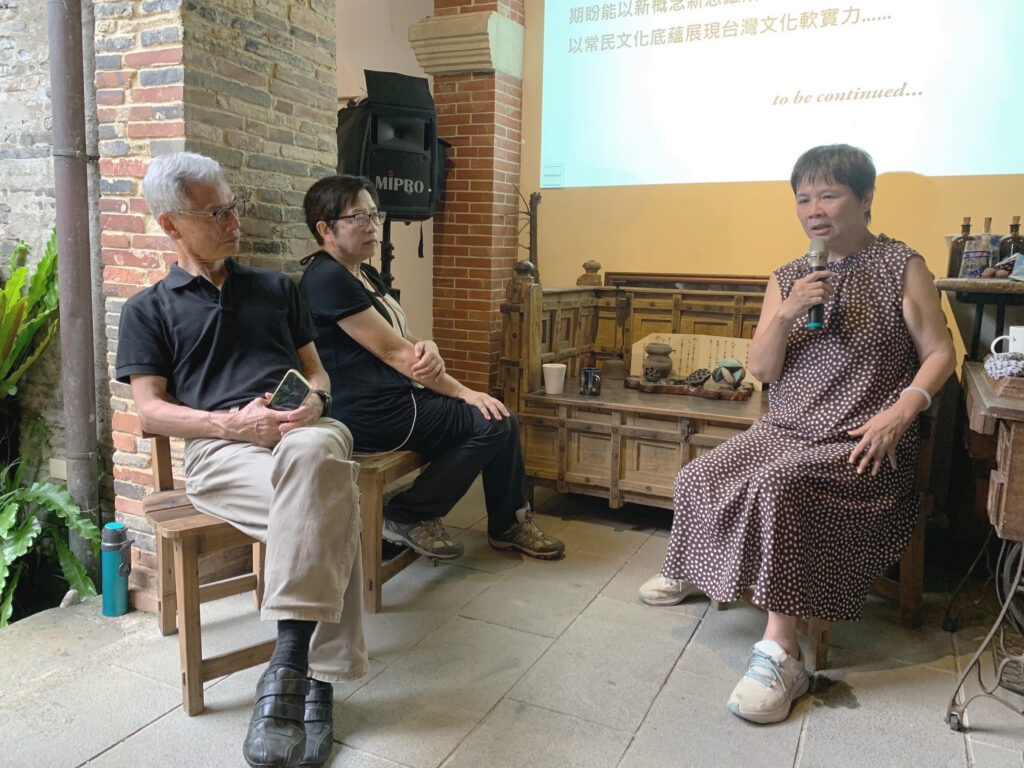
Local Stories, Starting from Old Houses
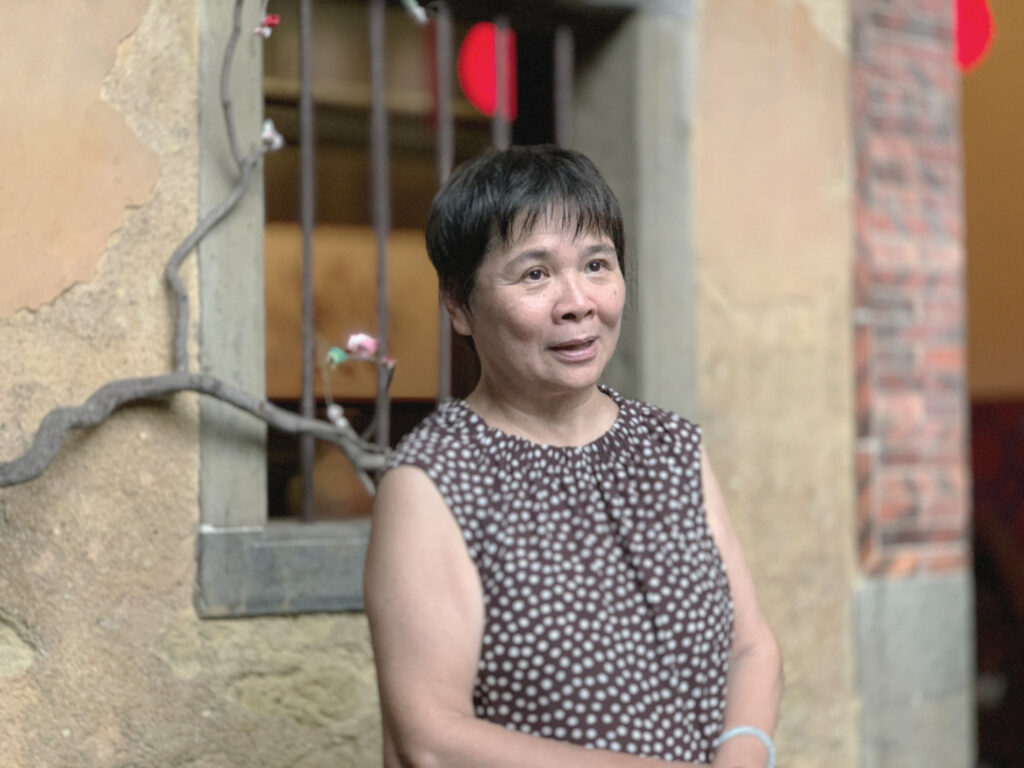
While walking Daxi Heping Old Street, the scent of wood or food may lead you into a street-side building. Behind the Western facades with decorative carving lie deep traditional courtyards, and Yuan Gu Original Shop is a prime example of this architectural blend.
This late Qing Dynasty house became the Gu family’s Gu Yufa Store during the period of Japanese rule. Its facade was later renovated in keeping with a unified urban plan, creating the signature Sino-Western eclectic style that now characterizes Daxi’s historic street. Now a Folk Life Museum under fifth-generation owner Ku Cheng-chun, Yuan Gu Original Shop uses its very structure to tell Daxi’s history, consolidating local memories and displaying the aesthetics of daily life to preserve the town’s bygone dreams of prosperity.
For Ms. Ku Cheng-chun, the decision to “return home” was straightforward. After repeatedly seeing her family’s traditional house featured on the media during her time away, she began to understand its cultural significance and accept her role as its custodian. The path to revitalizing Yuan Gu Original Shop, however, proved challenging. Facing local skepticism, funding hurdles, and construction challenges, Ms. Ku Cheng-chun remained steadfast. She diligently coordinated with the public sector and secured necessary resources, ultimately succeeding in her mission to restore Yuan Gu Original Shop.
“No tile is without its season; every broken brick holds potential for greatness.” Her father’s determination to preserve the old house’s original character became its defining, though intangible, spirit. The wabi-sabi aesthetic permeates Yuan Gu Original Shop, where repurposed beams and soot-blackened walls are not flaws, but evidence of the layered past of this historic house.
Ms. Ku Cheng-chun describes Yuan Gu Original Shop as a “Non-Museum Laboratory.” Post-repair, the shop has become a hub for cultural events. The ‘Ageless Craftsmen’ series, in particular, has both safeguarded local crafts and bridged the generational divide by fostering direct exchange between masters and youth.
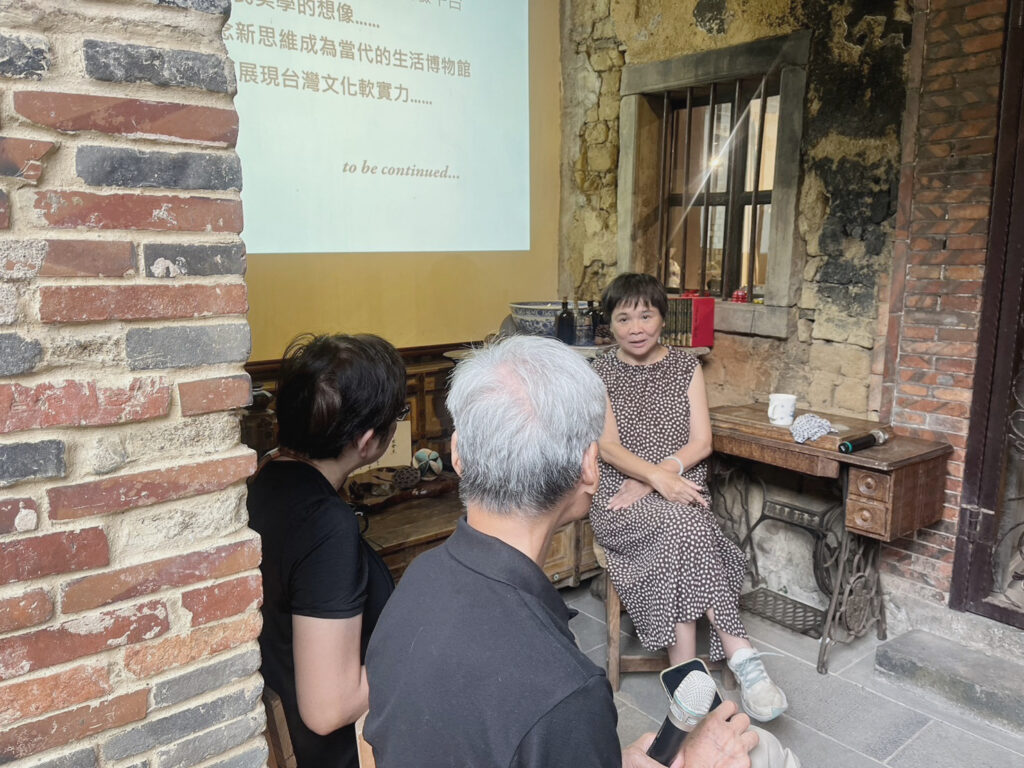
Chiang Ah-hsin Mansion: Bridging People, Events, and Objects
If Yuan Gu Original Shop is a type of folk song of Daxi life, the Chiang Ah-hsin Mansion in Beipu, Hsinchu, is an epic poem of family and historical change. Built in 1946, this Western-style building was the home and business venue of tea merchant Chiang Ah-hsin and a testament to Beipu prosperity. After the Taiwan tea industry declined and his Yongguang Tea Company closed, the mansion was shuttered for fifty years before the family bought it back at auction.
In “The Lingering Charm of Old Houses” course, Chiang Ah-hsin’s granddaughter Liao Hui-ch’ing and her husband Huang Yung-hsi recounted their journey to restore and revitalize the family mansion. As the mansion represented the pinnacle of craftsmanship from its era, they meticulously researched its building methods and materials to restore key details, such as the decorative clay carving and mosaic tiles, to their former glory.
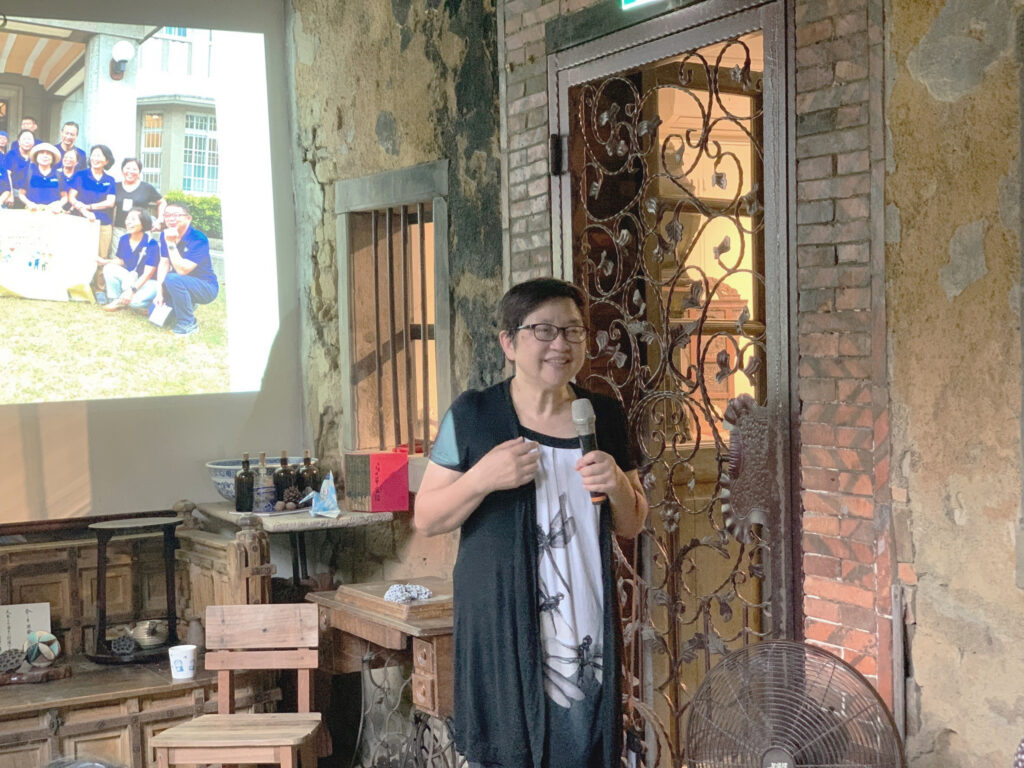
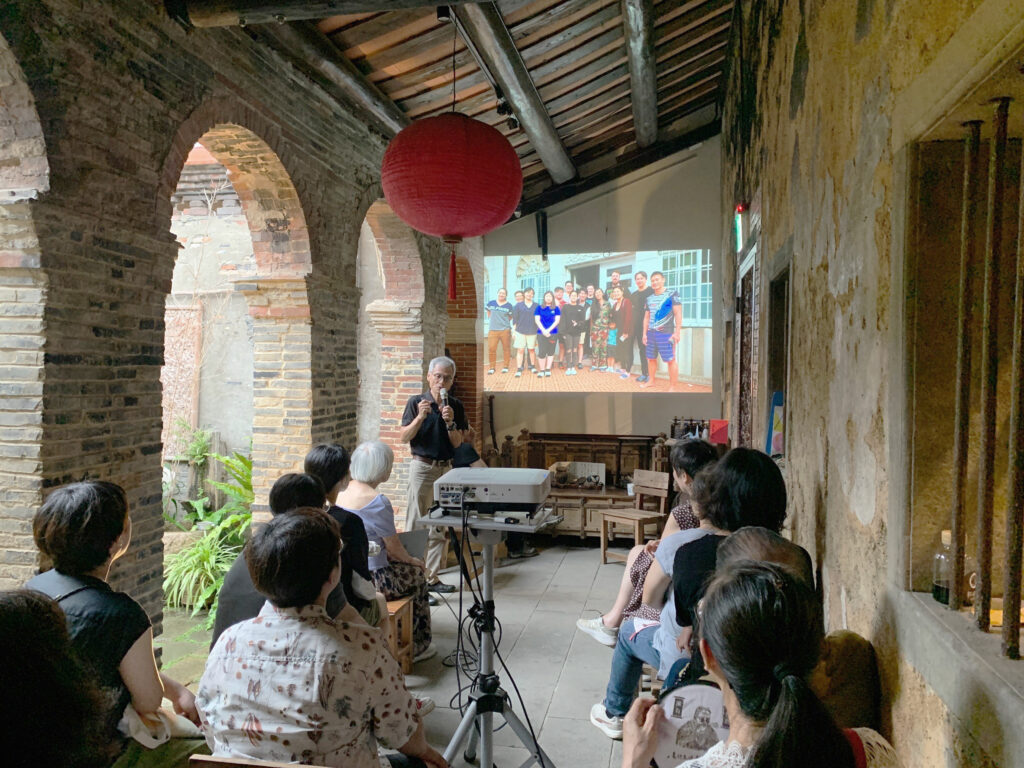
What happened next was truly surprising: As word of the mansion’s restoration spread, long-lost artifacts began returning. This included eight second-floor sliding doors, a family guqin, and historic tea factory photos. These pieces of the past were offered by relatives and strangers alike, all united by a desire to see the old house made whole again.
The Chiang Ah-hsin Mansion now serves not only as a museum of art and industry history, but the building is also an active hub for community and cultural engagement. The Jiang family’s book, Tea Gold Years, documents the history witnessed by the mansion and, through its storytelling, builds a lasting cultural and industry brand for the old house. To ensure the enduring legacy of the mansion, the couple Liao Hui-ching and Huang Yong-xi founded the Chiang Ah-hsin Education Foundation, securing its sustainable operation for generations to come.
“Old houses bring people and stories together. Revitalizing an old house has a way of bringing friends and family together for something beautiful.” As Ms. Ku Cheng-chun concluded, those old houses that have experienced decades or centuries of time have become more than mere assemblages of bricks, tiles, wood, and stone; they embody local memories in concrete detail and reconnect relationships between people and between people and the land.
